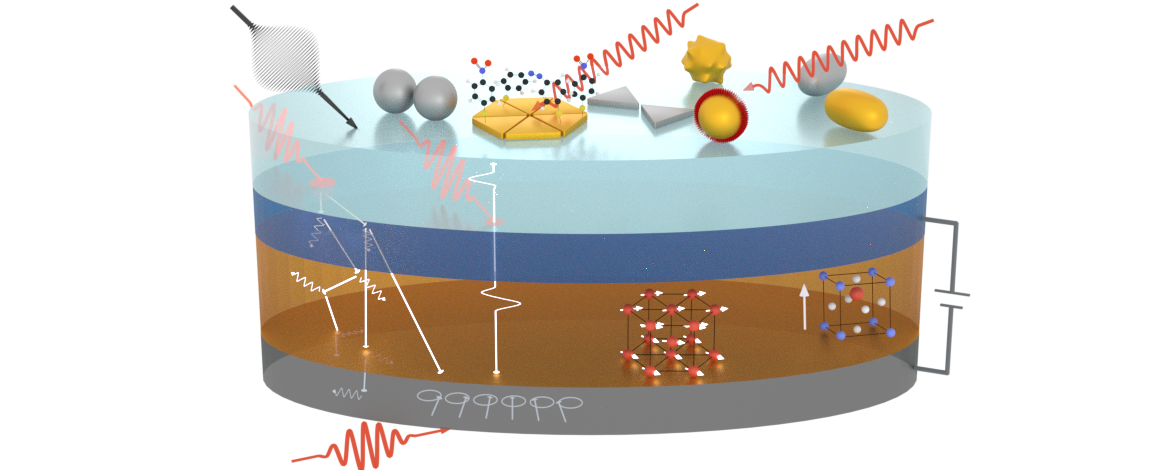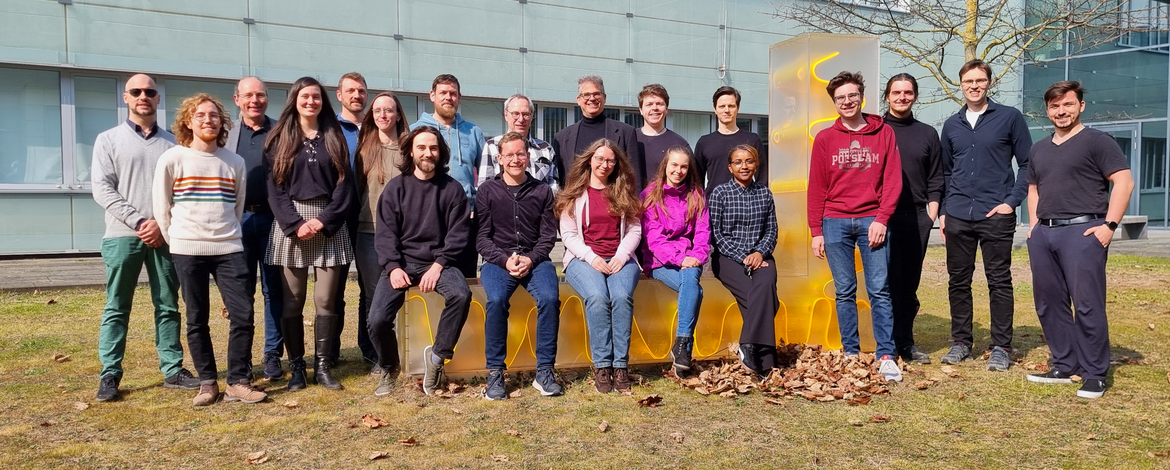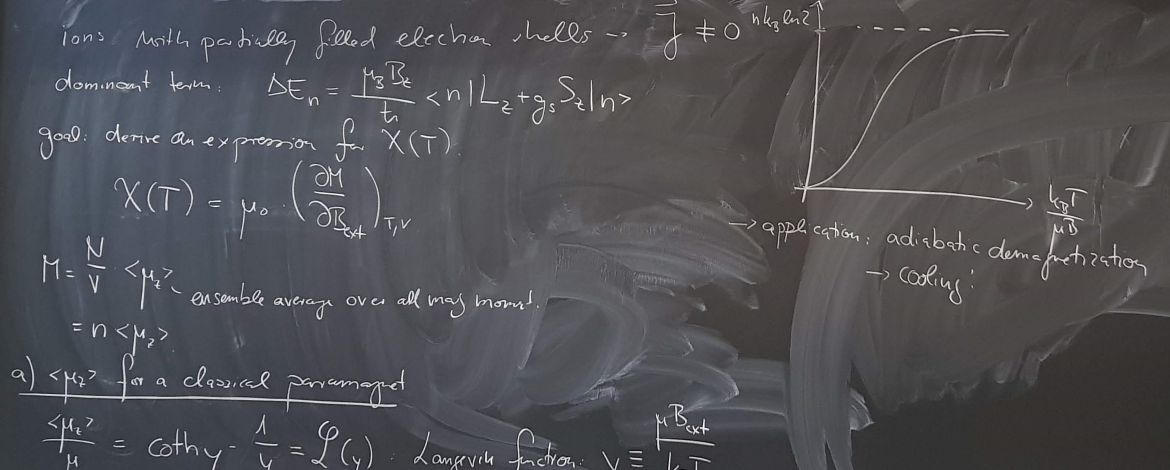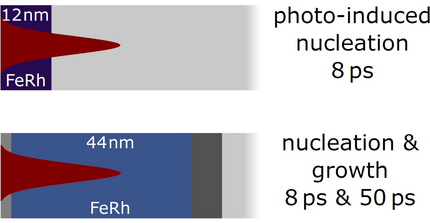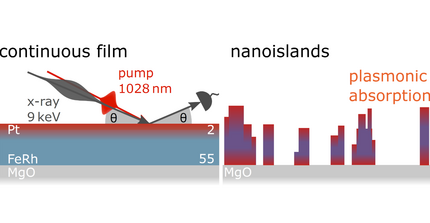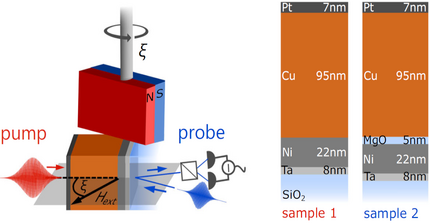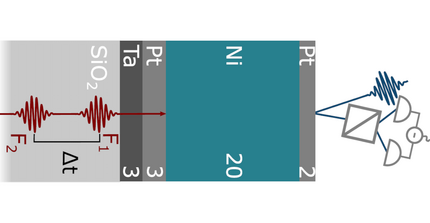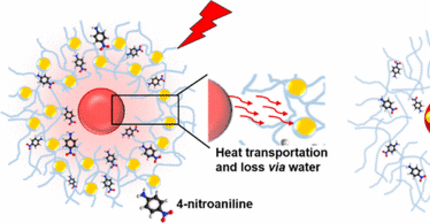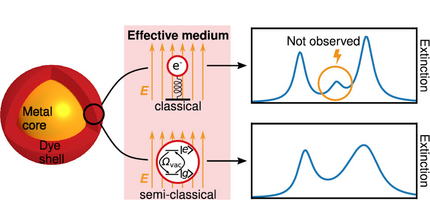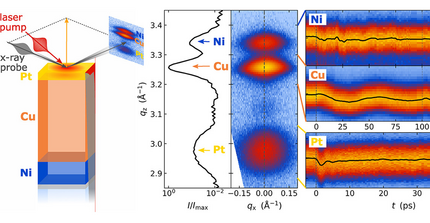Welcome to the UDKM group website
We investigate coherent and incoherent non-equilibrium phenomena at the nanoscale initiated by various external stimuli, e.g. light and electromagnetic pulses. While incoherent processes transport heat and charges and may drive phase transitions and chemical reactions, coherent dynamics range from strain- and spin waves to strong coupling in exciton-plasmon systems.
Our focus is on a time-domain description of transporting and transforming energy among various excitations of matter. Transient strain and lattice dynamics in general are central observables in solids that are often connected and thus sensitive to other excitations such as hot electrons, lattice vibrations (phonons) and spin waves, electron-and phonon excitations, as well as the latent heat of phase transitions. We aim at controlling strain waves in order to advance the field of nonlinear phononics and identify means of strain-assisted manipulation of magnetic and ferroelectric order. Polaritons, in particular plasmons, couple macroscopic light fields into the nanoworld, acting as an antenna for the chemical, electronic, magnetic or phononic excitations.
Typical research questions of the group involve ultrafast excitations, electron-phonon interaction, strain and heat as a driver of or sensor for ultrafast magnetism, ferroelectric switching and chemical reactions.
We attempt to create a special perspective on these phenomena by combining our experimental workhorses, which are ultrafast versions of x-ray diffraction, magneto-optics, transient absorption and reflection as well as time-resolved Raman scattering. We synthesize plasmonic nanostructures such as nanorods or nanostars embedded in soft condensed matter, e.g. nanolayered polyelectrolytes, whereas solid nanostructures are provided by our collaboration partners.

